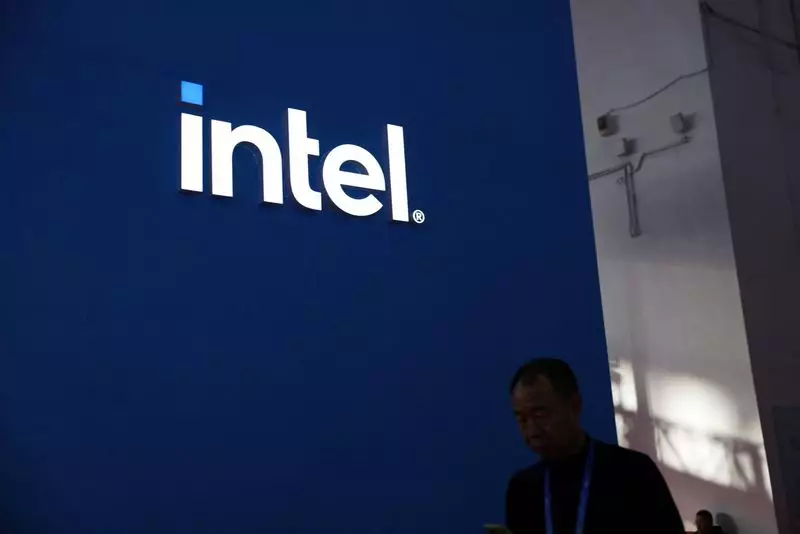Intel Corporation has recently undergone a significant leadership shift with the resignation of its CEO Pat Gelsinger. Analysts from Citi have expressed concern regarding the implications of this change, particularly focusing on the challenges and opportunities that lie ahead for the chipmaking giant. While the potential exit from its foundry business may yield short-term financial rejuvenation, the long-term effects of Gelsinger’s departure and the subsequent transition in management remains uncertain.
Gelsinger had been a prominent figure in the company’s efforts to reclaim its standing in the semiconductor industry, especially against formidable rivals like TSMC and NVIDIA. His vision for Intel included a strong focus on enhancing manufacturing capabilities and reestablishing the company’s leadership in chip innovation. With his exit, there is apprehension about whether the incoming leadership, comprised of David Zinsner and Michelle Holthaus, can maintain the technical prowess and strategic vision that Gelsinger had established.
Citi analysts recommend that Intel should consider divesting its foundry operations, highlighting that the company’s attempts to compete as a merchant foundry have not only been unsuccessful but are also financially burdensome. This section of the business has been losing money consistently, and its failure to adapt to the fast-evolving market presents an opportunity for repositioning. By selling off this segment, Intel could potentially streamline its operations and refocus its resources on core competencies that promise more sustainable growth.
This strategic pivot could indeed provide near-term financial gains that could reassure investors in the aftermath of Gelsinger’s exit. However, potential buyers of the foundry business will scrutinize the operational health and market potential of the unit. Thus, if the sale is poorly timed or executed, it could result in significant financial drawbacks.
The semiconductor industry is at a critical juncture, where artificial intelligence and machine learning are creating unprecedented demand for advanced semiconductor solutions. Unfortunately for Intel, under Gelsinger’s leadership, the company struggled to leverage this explosion in demand effectively. The failure to release competitive products in time has led to severe reductions in market share. With the firm’s stock price halving in the early months of 2024, the urgency to pivot is palpable.
As Zinsner and Holthaus step into their co-CEO roles, they face the formidable task of not only reinvigorating Intel’s product offerings but also restoring investor confidence. The success of their tenure will largely hinge on their ability to foster innovation and competition in a fast-paced market, alongside addressing with transparency the internal issues that may have contributed to Gelsinger’s premature exit.
The resignation of Pat Gelsinger marks a pivotal point for Intel Corporation. The company’s future depends heavily on how its new leadership navigates the complexities of the semiconductor landscape while potentially shedding underperforming business units. For shareholders, this transitional period will be one to watch, as the company seeks to realign its strategy and fulfill the promise of rejuvenated growth in a fiercely competitive market. As the dust settles, only time will reveal whether this change heralds a new era of innovation or further setbacks for the quintessential chipmaker.

